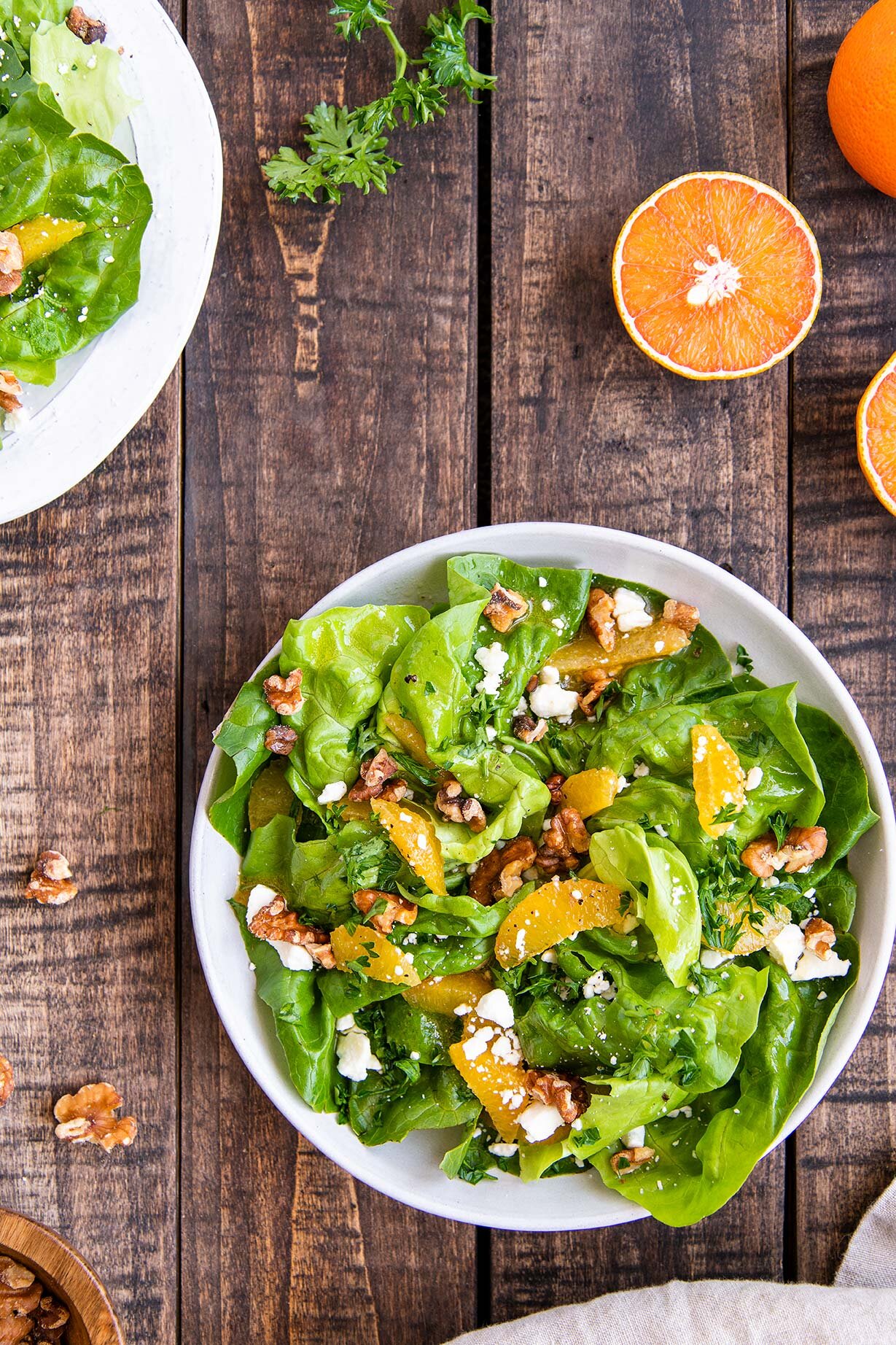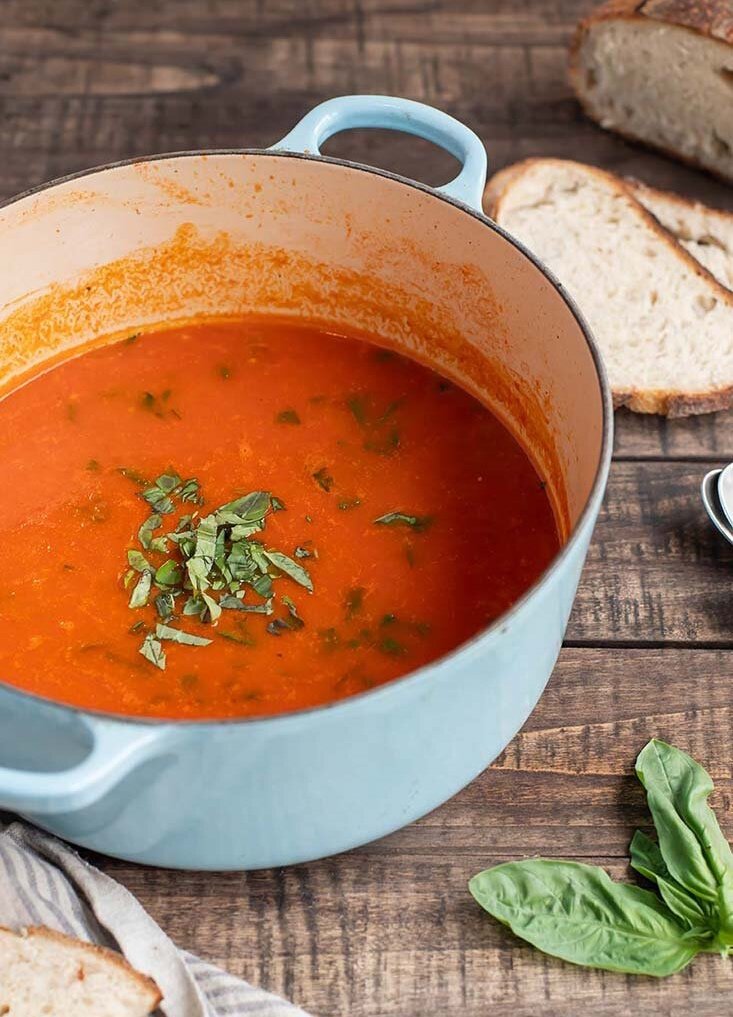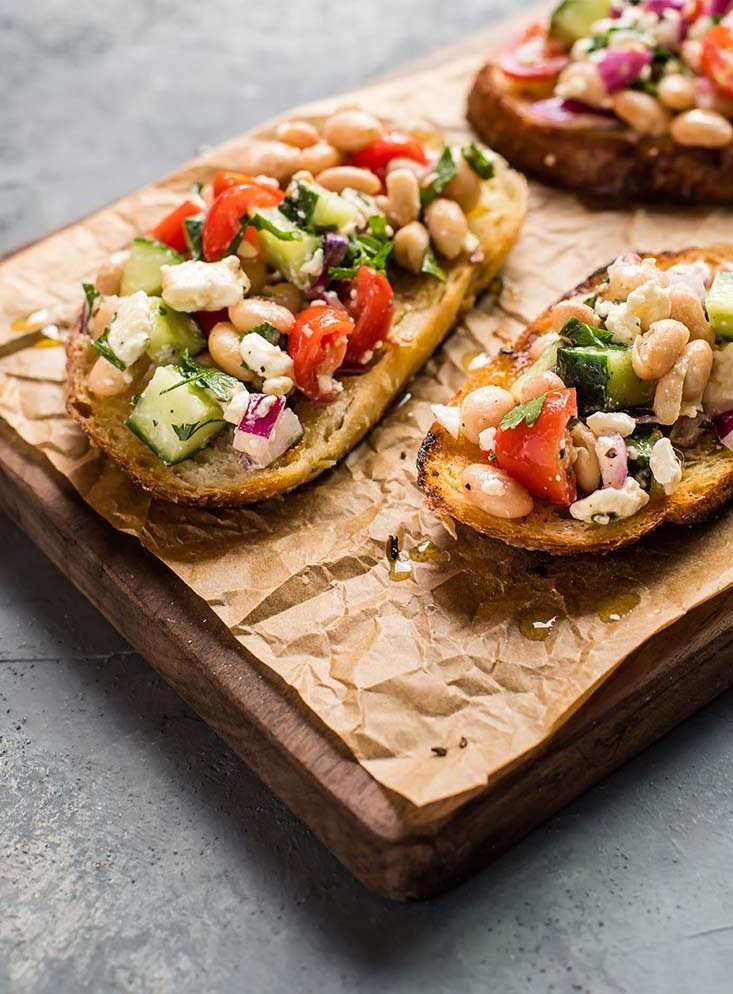Citrus Blossom Salad
/In the middle of winter, most salads fail to hit the spot because the produce isle is generally sad and farmers markets are closed (though this roasted sweet potato and kale salad is usually a good bet). Around January citrus finally hits the shelves, freshly picked and shipped from warmer climates. It’s in that window that this salad should take the spotlight, a perfect stage for citrus varieties you can’t easily find other times of the year.
Orange flower water adds a subtle, elegant twist to the vinaigrette in this recipe (and also how it got its name). It smells incredible and one bottle will last you forever (plus, you’ll be one step closer to making baklava).
Serve this salad with with roasted chicken, a panini, or a warm stew like tagine to make a meal.



























